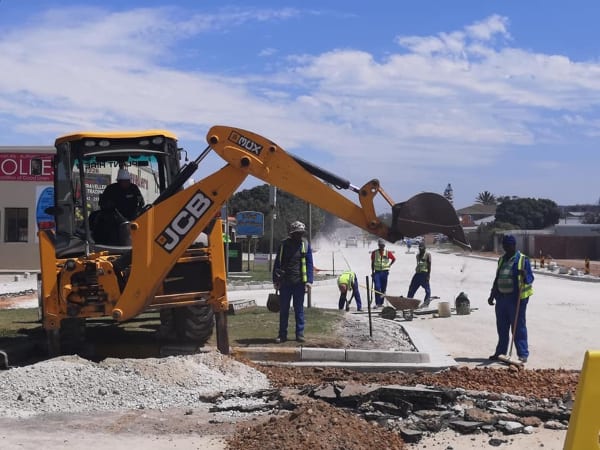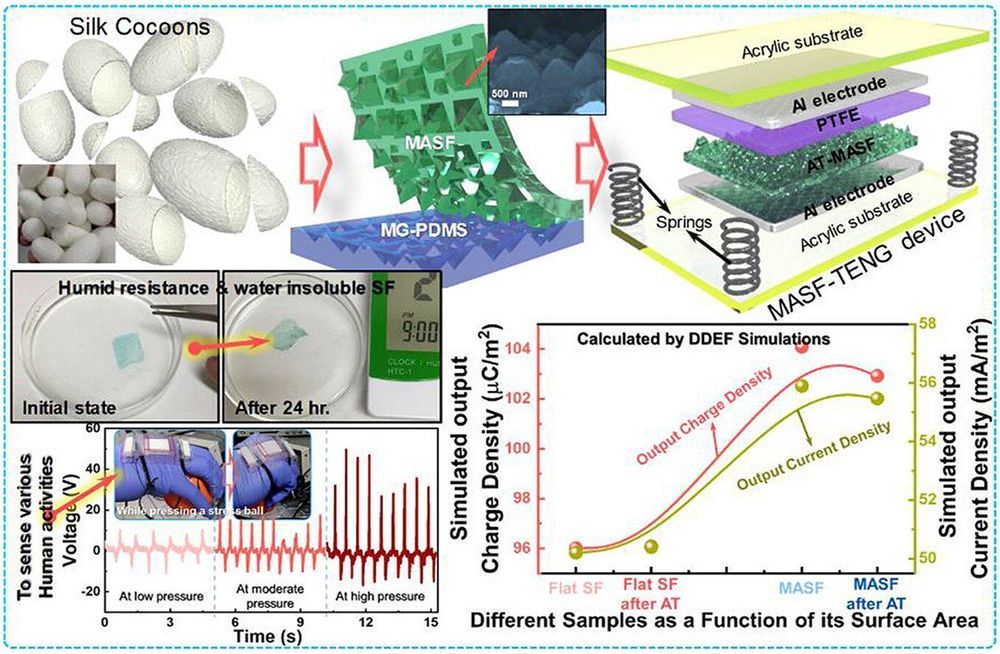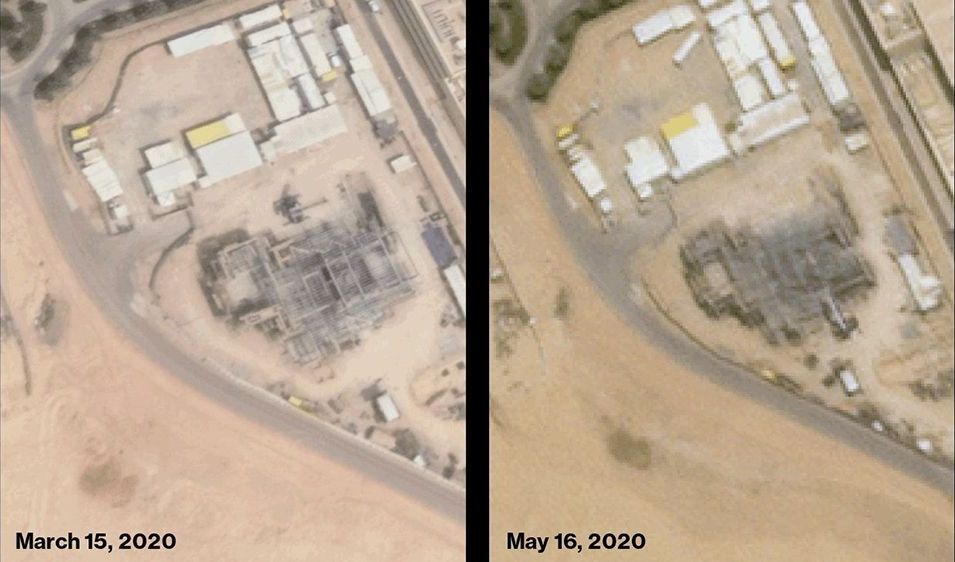Tomorrow, May 20, watch as the Japan Aerospace Exploration Agency (JAXA) uncrewed HTV spacecraft lifts off from Japan, on a mission to carry cargo to the International Space Station. It’ll deliver more than four tons of supplies, water, spare parts and experiment hardware for the station crew. Live coverage begins at 1 p.m. EDT with liftoff scheduled for 1:31 p.m. EDT.
⏰ Sign up for a reminder and enjoy a launch with your lunch!






